11 Smart Ways to Stay Safe on the Road
As you head out on your morning commute, it can be easy to get distracted by all the things on your mind. That said, it's crucial to stay fully focused when driving, as one lapse in attention could drastically change your day—or even your life. With the hustle and bustle of urban traffic, more drivers on the roads than ever before, and constant connectivity keeping us plugged in everywhere we go, car accidents have unfortunately become all too common.
It's important we all do our part to drive as safely and carefully as possible. Adopting some smart habits behind the wheel can significantly reduce risks. By following a few simple strategies, you give yourself the best chance of avoiding collisions altogether and arriving at your destination safely each time.
1. Put Down Your Phone
Let's start with the obvious: phones are a huge driving distraction. Still, their lure can be hard to resist, even for the most cautious motorists. Did you know 83% of drivers admit to texting behind the wheel, according to an AT&T survey? Scary statistics like these show how easy it is to get distracted by a buzz or ping. When you start your car, stash your phone in the glove compartment or back seat out of reach entirely. Switch it to 'Do Not Disturb' so alerts won't catch your eye. Resist the urge to check social media at red lights too. Giving your phone a break means you can pay full attention to what matters most—the road ahead.
2. Check All Mirrors Frequently
Changing lanes, merging, turning—these routine maneuvers often involve blind spots that are easy to miss. Get in the habit of scanning all your mirrors every few seconds, not just when changing direction. This simple habit greatly reduces the risk of colliding with a vehicle you didn't see approaching. A quarter of all vehicle crashes involve lane changes, according to the National Highway Traffic Safety Administration. Avoiding a collision saves you money on body work and keeps your No Claims discount intact too. The few moments it takes to thoroughly check your mirrors far outweigh the consequences of an accident.
3. Leave Plenty of Following Distance
Tailgating is never a good idea. The National Safety Council recommends allowing at least a four-second following gap between you and the car ahead in normal traffic conditions. In heavy urban areas with frequent stops, increase that buffer to six or even eight seconds for maximum safety. That extra room leaves you time to brake smoothly if the traffic suddenly slows without slamming on your brakes at the last second. It's also polite, preventing the car ahead from feeling rushed. Maintaining reasonable following distances could mean the difference between a minor fender bender requiring buffing out scratches versus a full collision that needs extensive collision repair work.
4. Watch for Aggressive Drivers
Unfortunately, some motorists don't follow the rules of the road and can pose real danger. Be extra alert for reckless behaviors like weaving, tailgating, speeding, and running red lights. If you spot a vehicle exhibiting unsafe habits, increase your following distance as a buffer. If someone is riding excessively close behind you, safely pull over at your next opportunity to let them pass. Road rage incidents often involve two aggressive drivers. De-escalating dangerous interactions and avoiding confrontations decreases your chances of being involved in a multi-vehicle pileup requiring tow trucks and body shop repairs.
5. Slow Way Down in Bad Weather
When conditions are less than ideal, like heavy rain, sleet, hail, or thick fog, adhere to the adage "if you can't see, go slow." The Federal Motor Carrier Safety Administration recommends halving your speed in snow or ice and reducing speeds in heavy rain. Slippery roads mean longer braking distances, reduced traction, and impaired visibility that increases accident risks exponentially. It's better to arrive later than not at all. Taking extra time in bad weather could prevent hydroplaning, losing control, and crashing.
6. Watch for Pedestrians and Cyclists
Whether walking, jogging, biking, or on a scooter, vulnerable road and sidewalk users require extra caution from drivers. Always brake and slow down well in advance when approaching crosswalks or shared areas. Make eye contact with people on foot to ensure they see you waiting for them to cross. According to the League of American Bicyclists, you should give cyclists more than the standard three feet of passing distance, buffering them from your vehicle's turbulent air wake. Being especially mindful around less protected travelers helps prevent injuries from collisions.
7. Adhere to All Traffic Signals
Running yellow or red lights, failing to fully stop at stop signs, and rolling past flashing signals are some of the riskiest driver behaviors with huge accident potential. Never speed up to "make the light"—it isn't worth causing a crash or getting a ticket. Curb your impatience and come to a full stop whenever required. Avoid distracted driving behavior like using your phone at traffic lights, which increases reaction time delays. Strictly obeying traffic control devices maximizes safety for yourself and others down the road.
8. Adjust Your Driving to Road Conditions
Be alert to changing situations like high traffic volumes, bad weather, road construction zones, or unfamiliar areas. Factor conditions into your speed, following distances, and attentiveness. For example, Washington D.C. streets see far more congestion than rural highways, and accident risks are 153% above the national average, according to some studies reported by Forbes. Take extra precautions with reduced speed cushions in densely populated locales. Varying habits based on surroundings could make the difference in avoiding a fender bender or needing collision repairs.
9. Watch the Road, Not the Scenery
It's easy to get distracted by the surrounding scenery when driving, but looking away from the road for even a couple seconds greatly increases your risk of an accident. Keep your eyes forward on other vehicles and the road instead of admiring the view. Hands-free calling is legal, but you still need to pay attention to what's happening with traffic flow. Avoiding distractions could prevent you from needing tires, brakes, or collision repair work.
10. Keep Your Vehicle Well-Maintained
Having regular vehicle maintenance isn't just smart; it's safer. Ensure your tires have enough tread, your windshield is clear, lights work properly, and the brakes are in good shape. A lot can go wrong with a vehicle over time that increases risk. Things like bald tires, broken lights, or bad brakes greatly increase your odds of being involved in an accident that may require body shop
collision repair services. Getting routine checkups and addressing any issues flagged by mechanics helps prevent dangerous breakdowns too.
11. Tweak Habits for Low Light or Night
Dusk and night driving pose vision challenges that demand adjustments. Slow down to account for decreased visibility and reaction times. Use high beams judiciously and dip them regularly for oncoming traffic. Fatigue and distractions intensify after dark too, requiring compensation. For long trips, consider rest stops every few hours. Altering techniques for low light ensures you can see and be seen by other drivers, avoiding an illuminated collision.
Follow these simple strategies, and you'll be safer than ever. Remember, safe travel starts with safe drivers. If you're in need of auto repairs to keep your vehicle safe, reach out to our mechanics at City Side Auto Body for an appointment today.

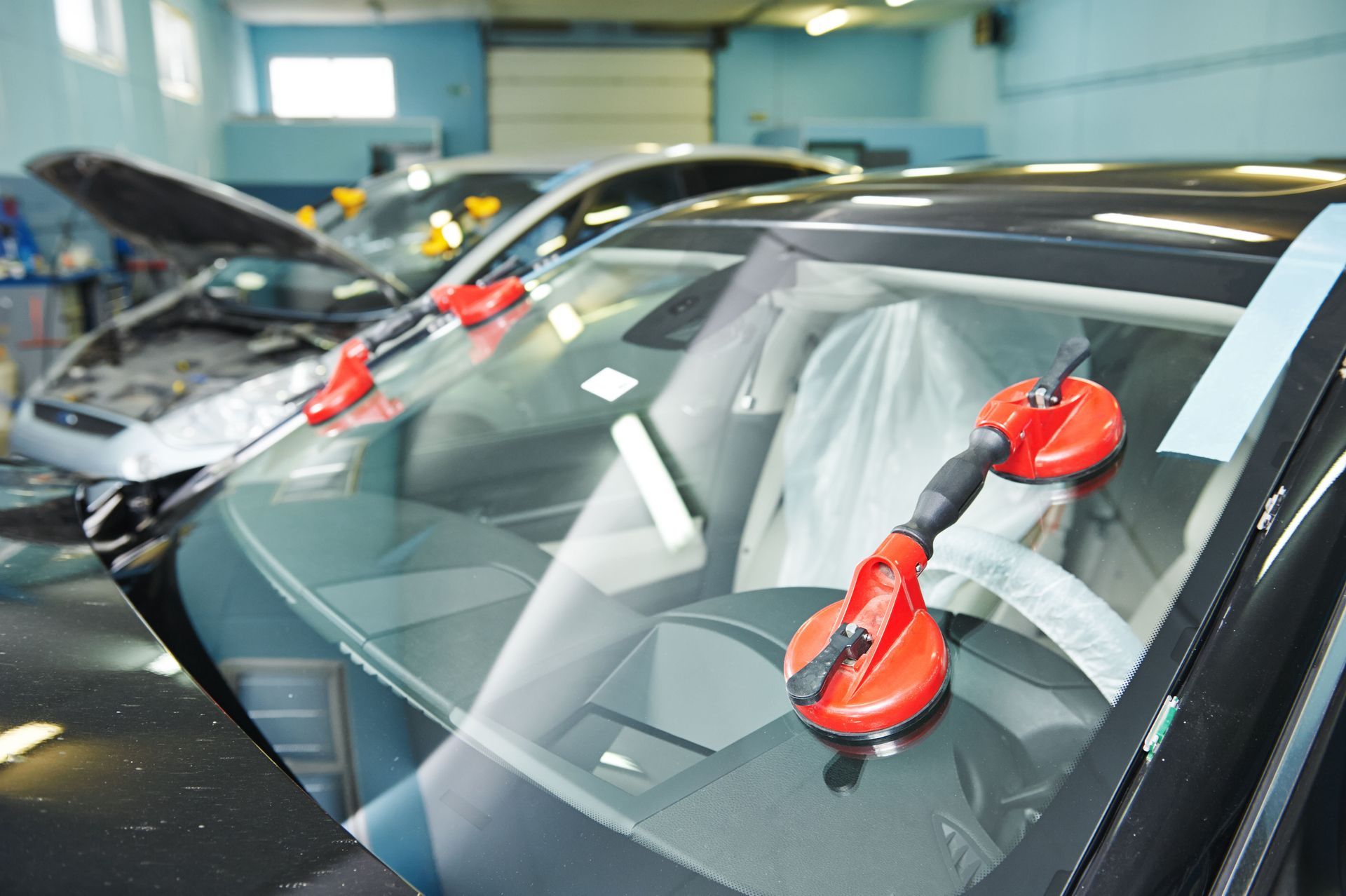
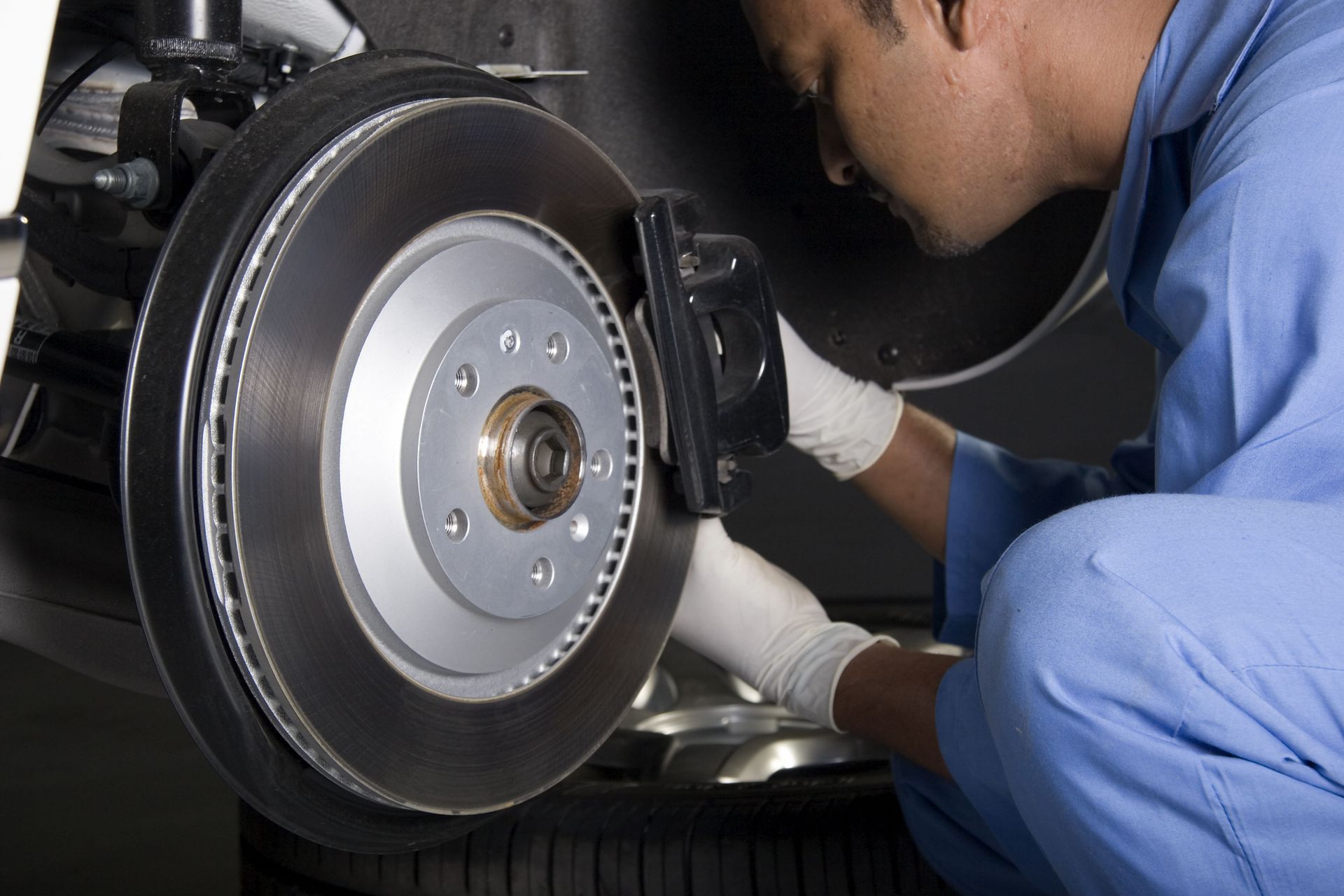
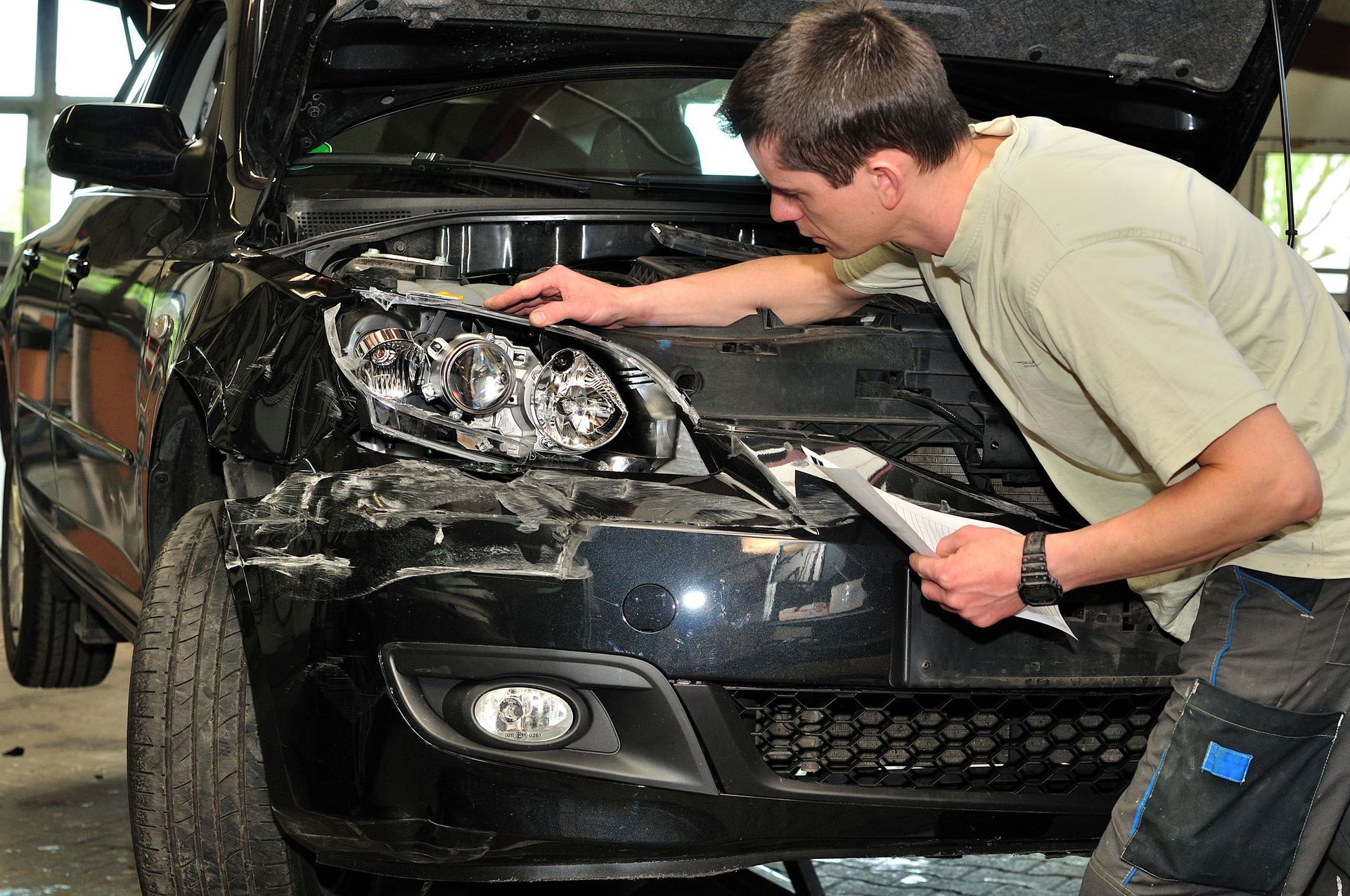
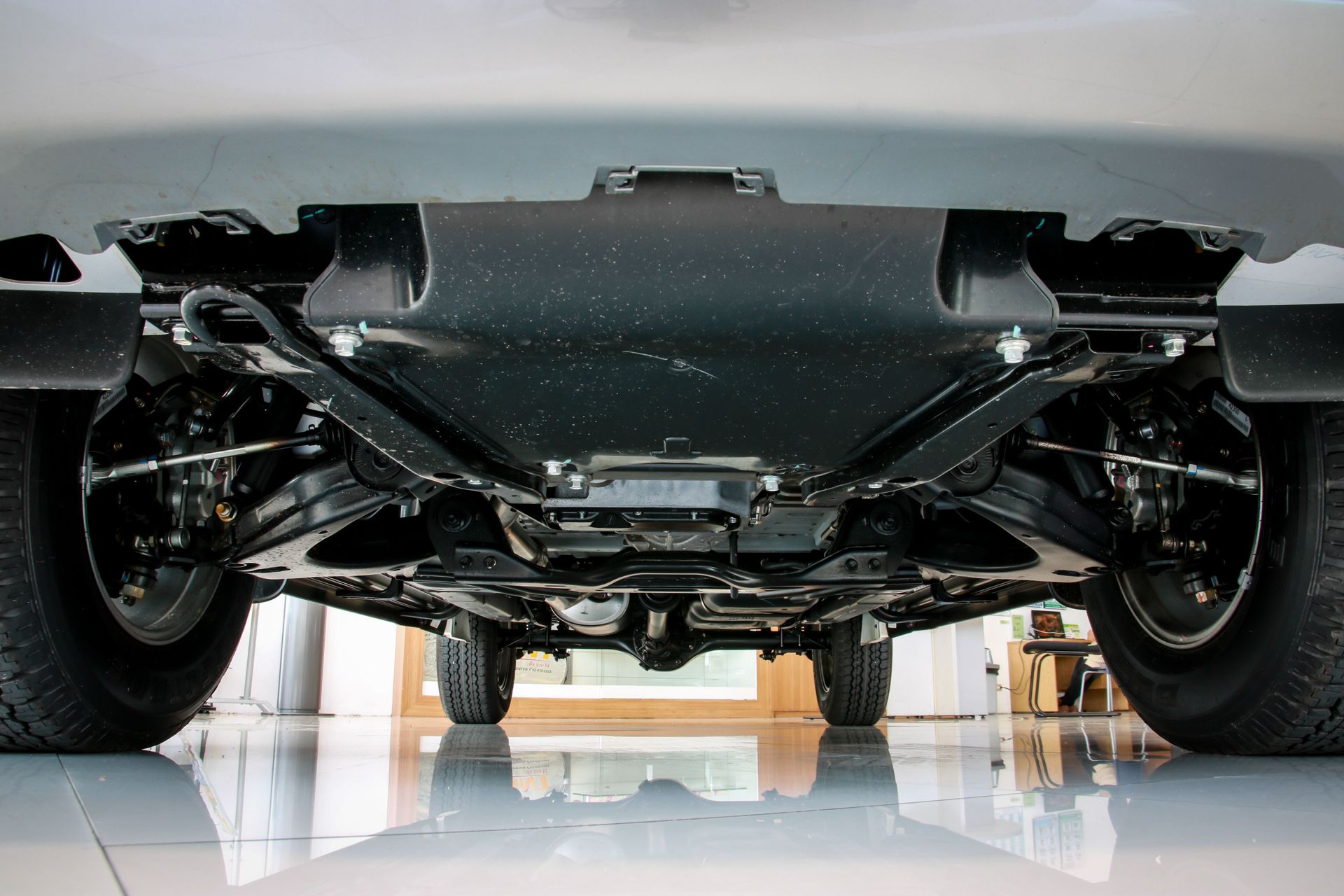
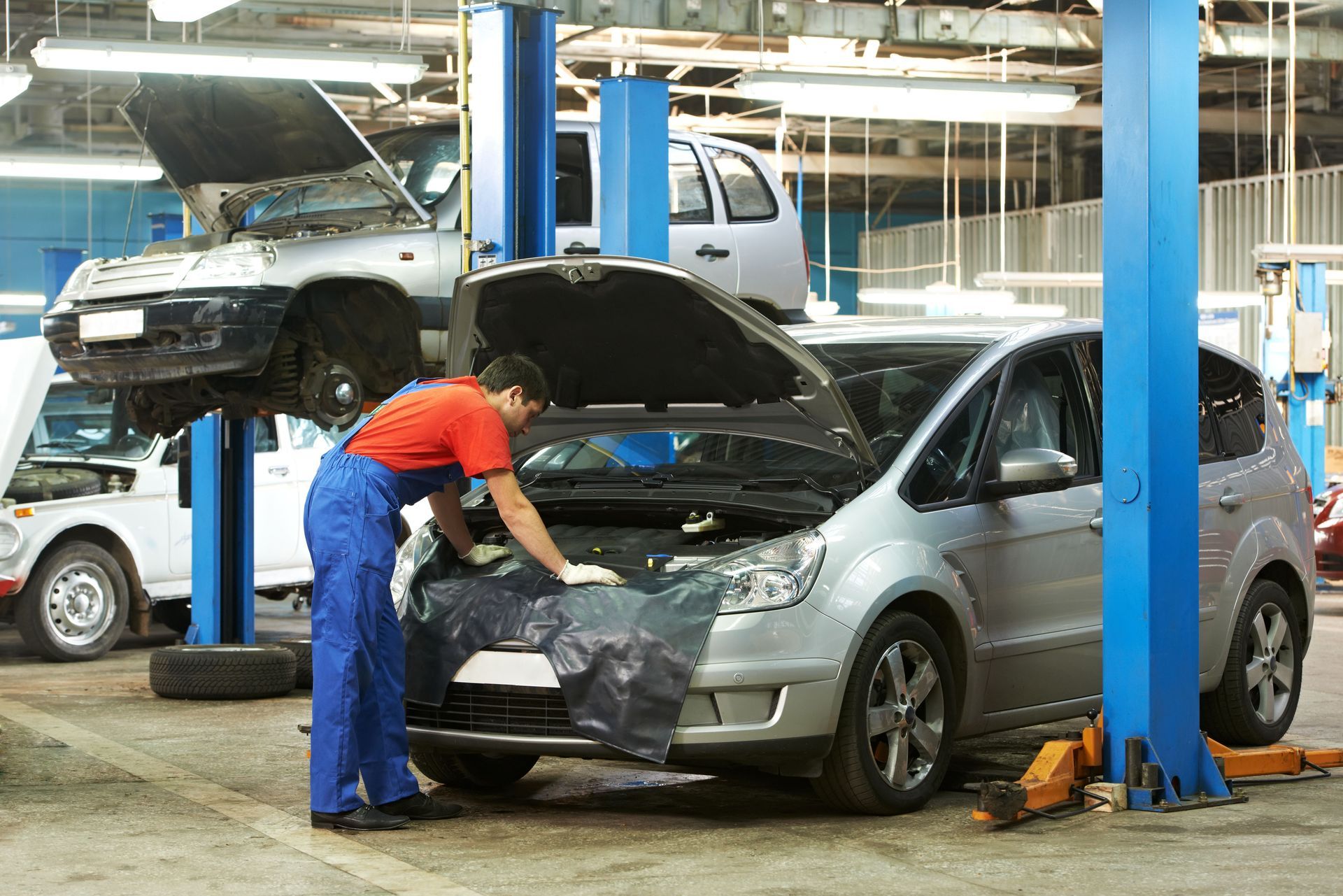
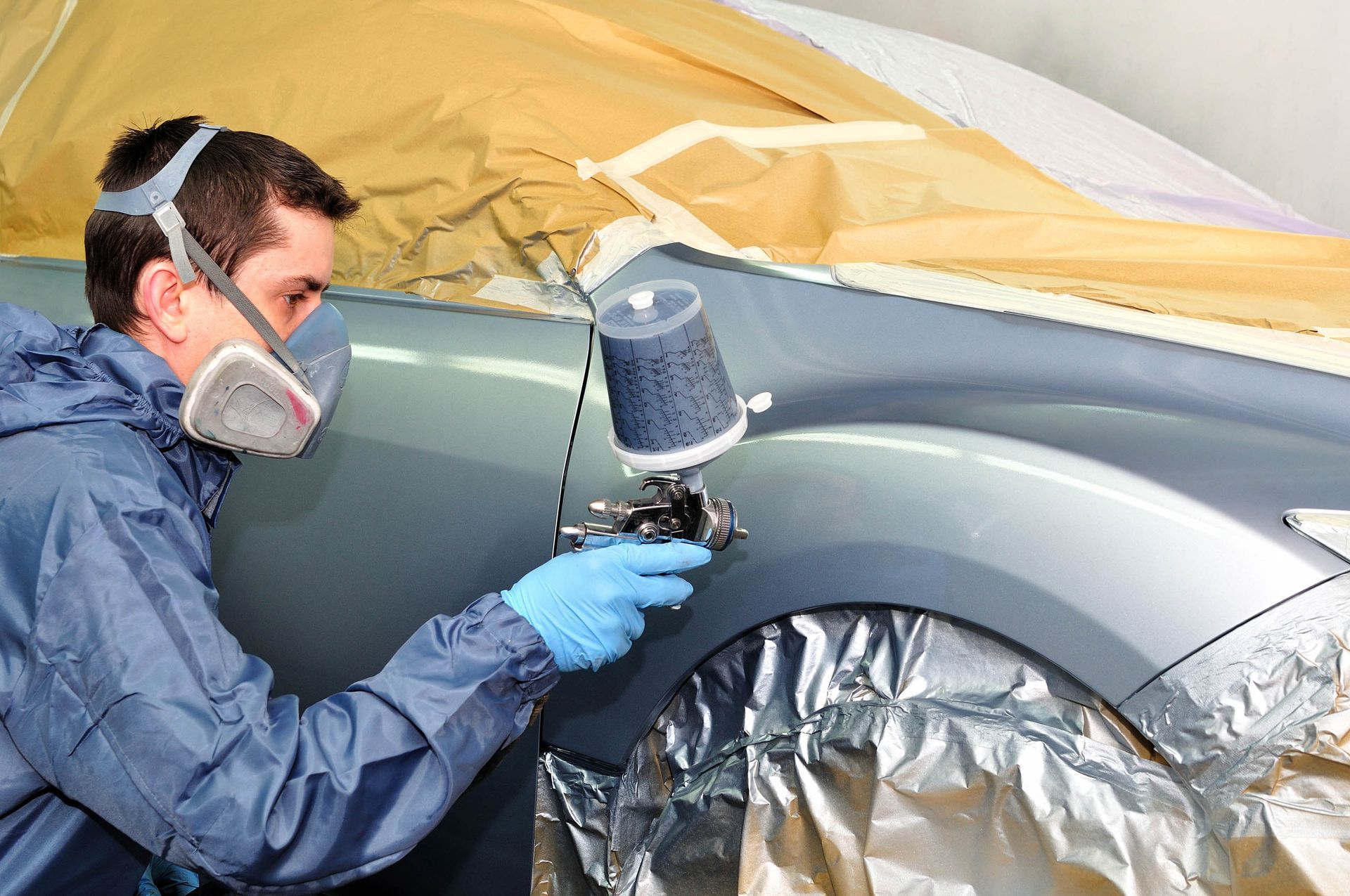
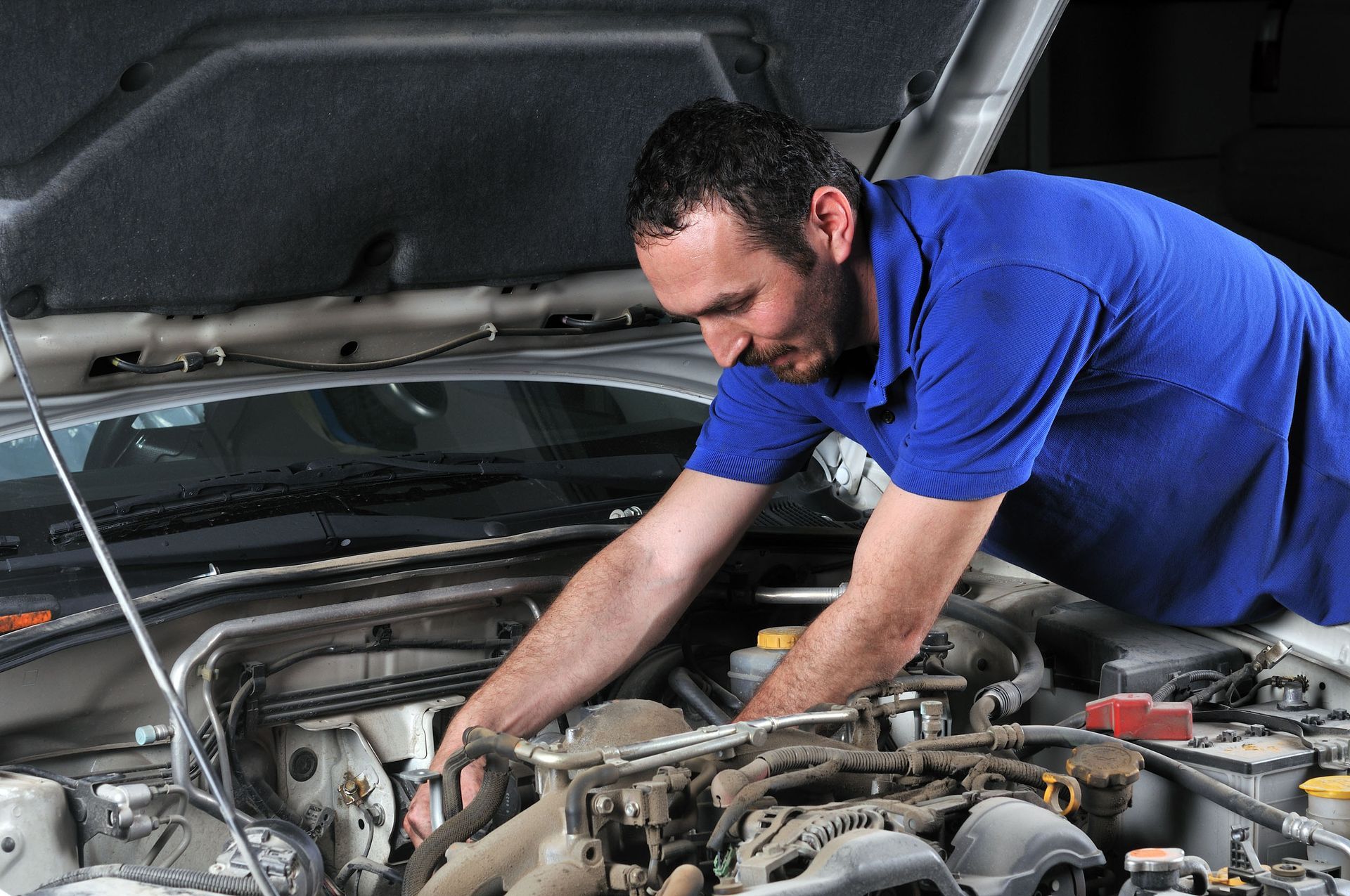
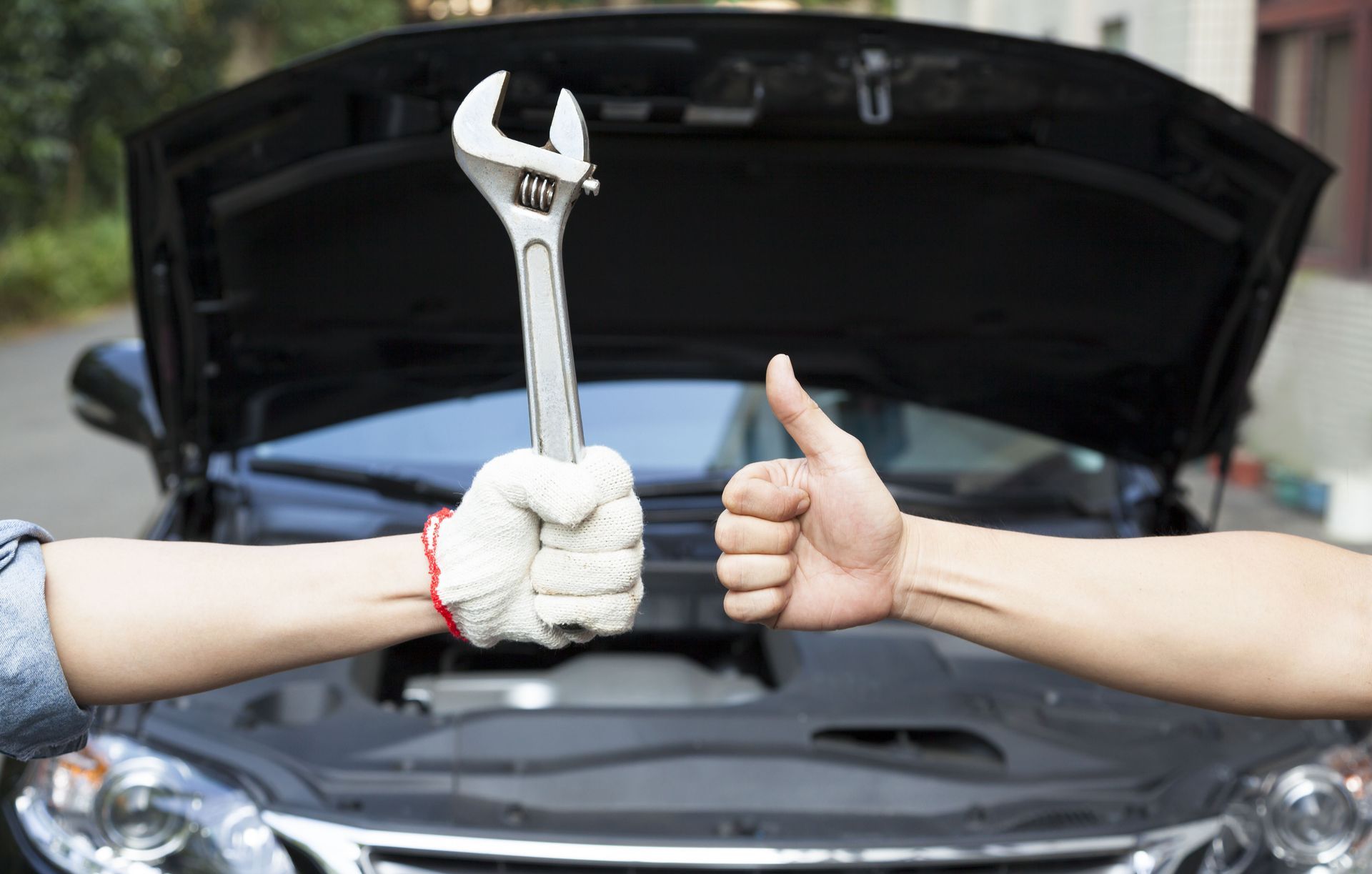
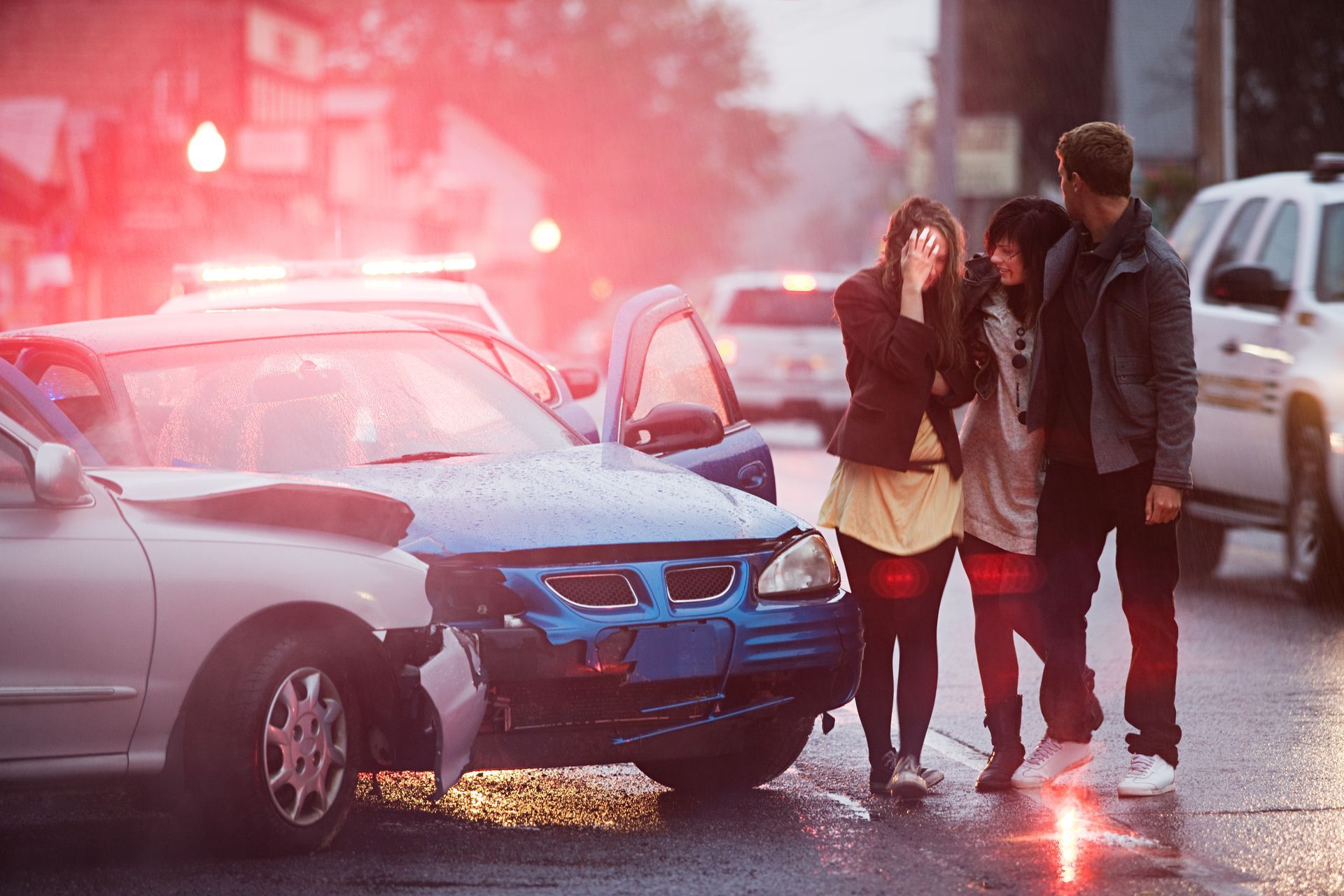
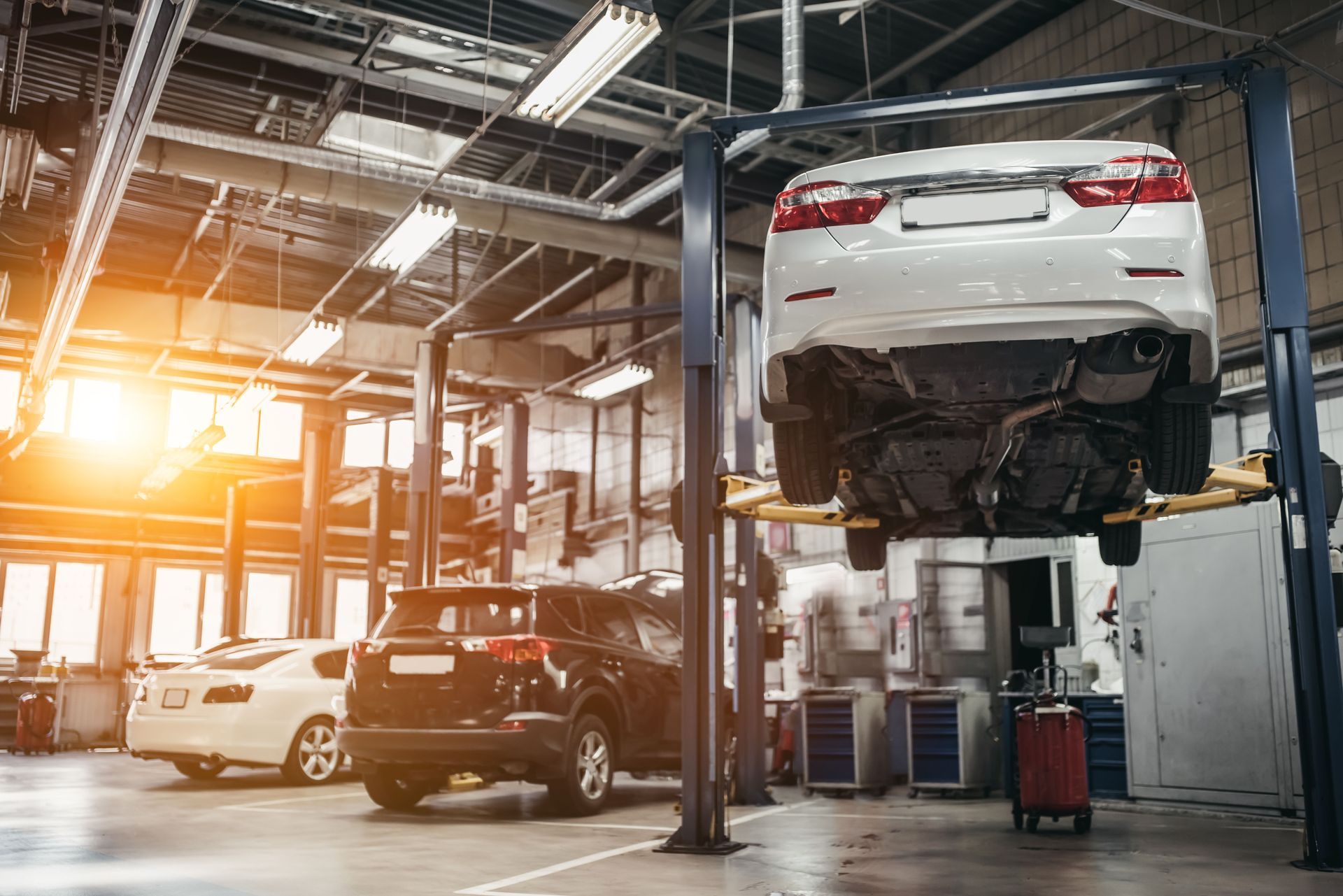
Share On: